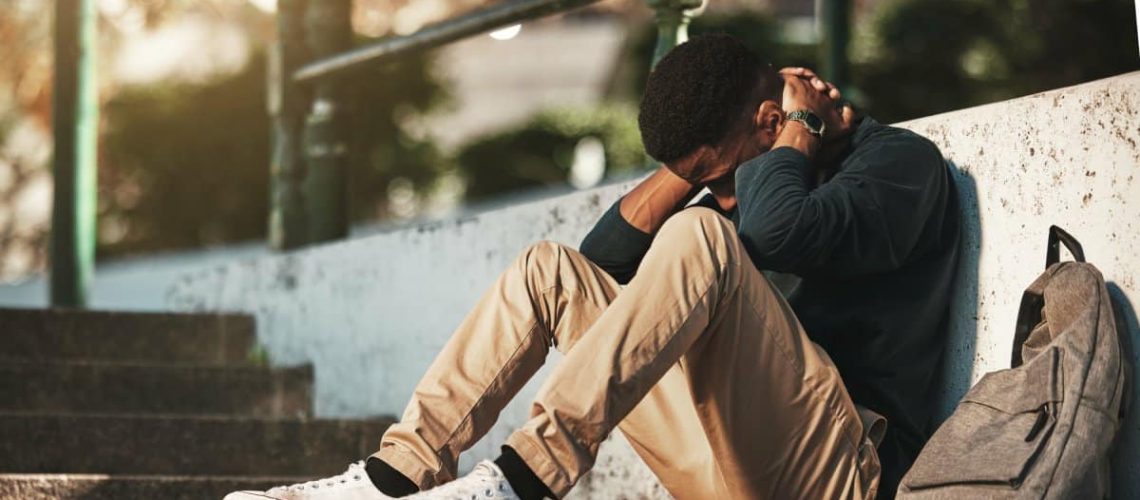In American schools, achieving educational equity remains a paramount challenge, particularly for Black, Asian, and Minority Ethnic (BAME) students. Despite progress, disparities persist, hindering their academic success and personal development. Here, we delve into pressing concerns that profoundly impact BAME students in the educational landscape.
1. Discriminatory Discipline Practices
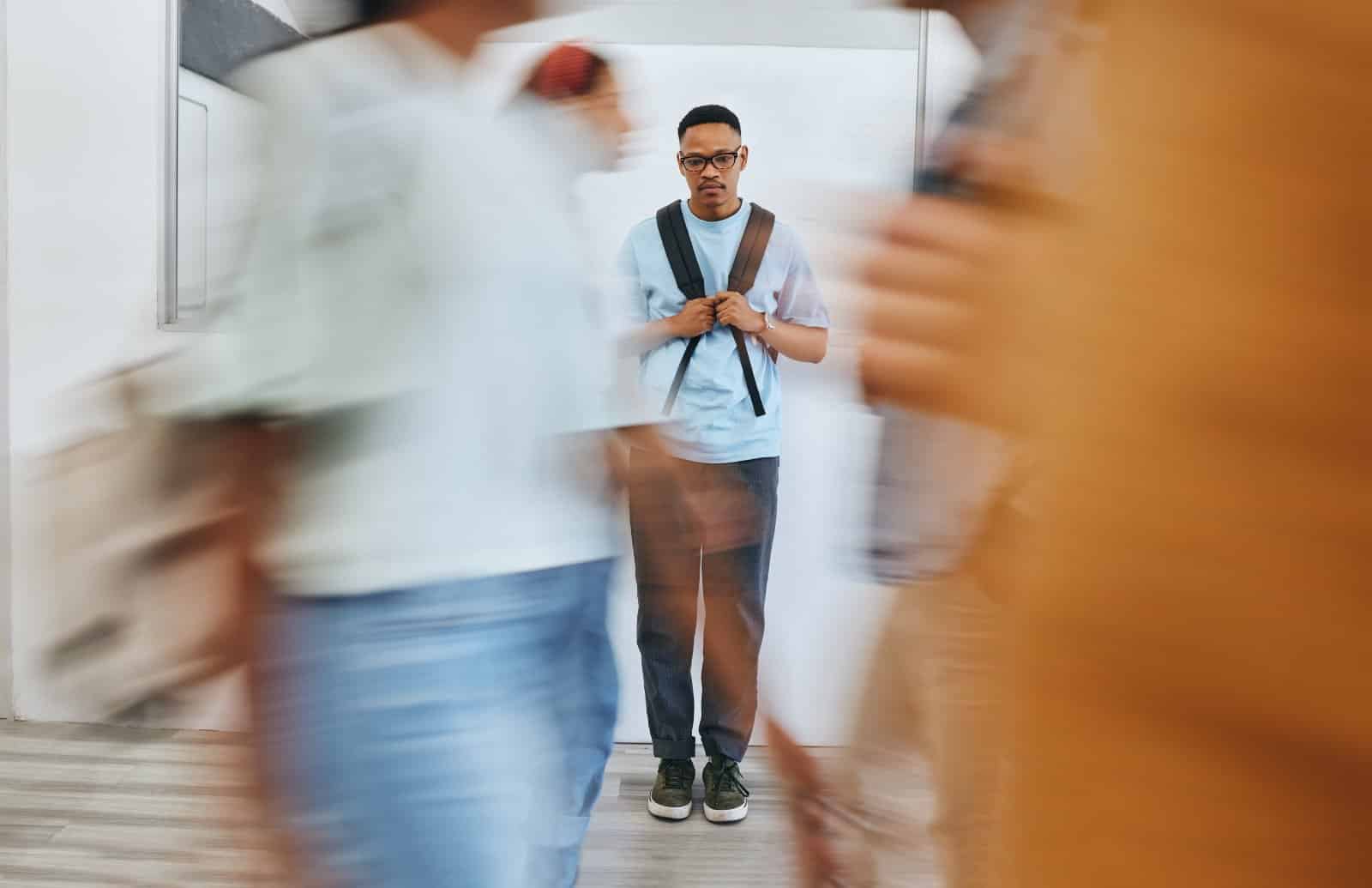
BAME students are disproportionately subjected to harsher disciplinary measures compared to their white counterparts, perpetuating the school-to-prison pipeline.
2. Lack of Representation in Curriculum
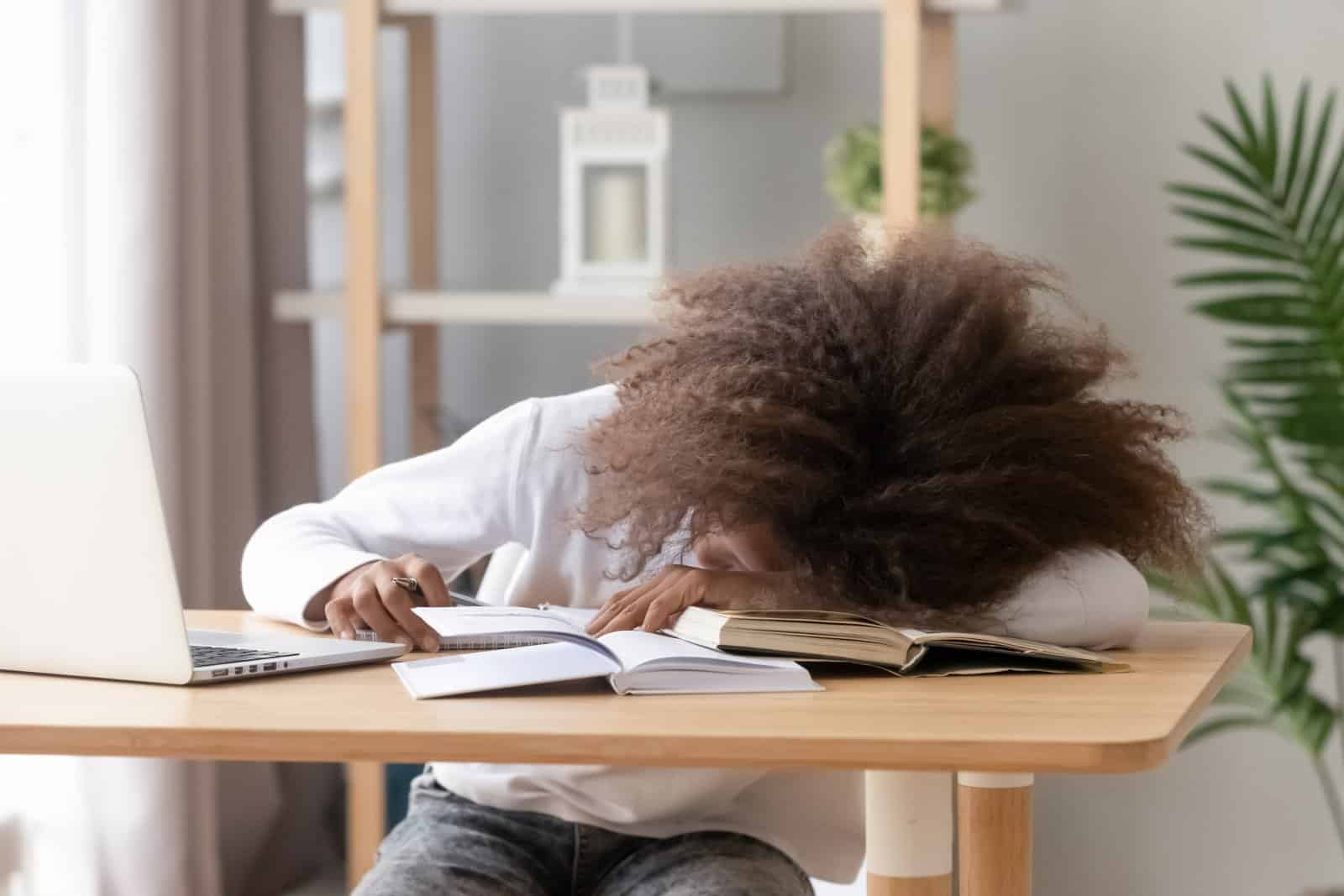
The absence of diverse perspectives and contributions from BAME individuals in educational materials and curriculum undermines cultural relevance and hampers students’ sense of belonging.
3. Resource Disparities
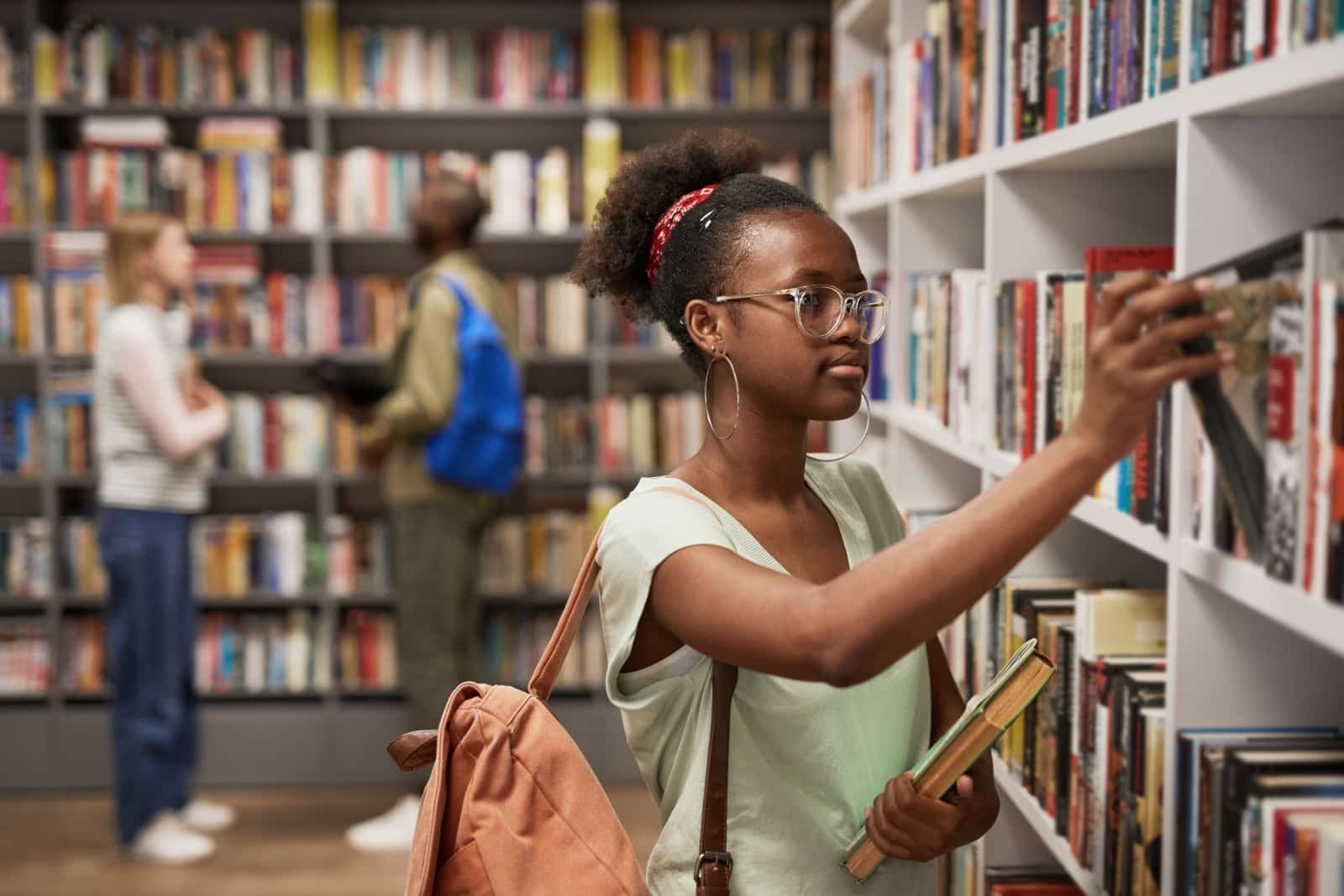
Unequal distribution of resources, such as funding, qualified teachers, and educational facilities, perpetuates systemic disadvantages for BAME students, hindering their academic achievement.
4. Stereotyping and Bias
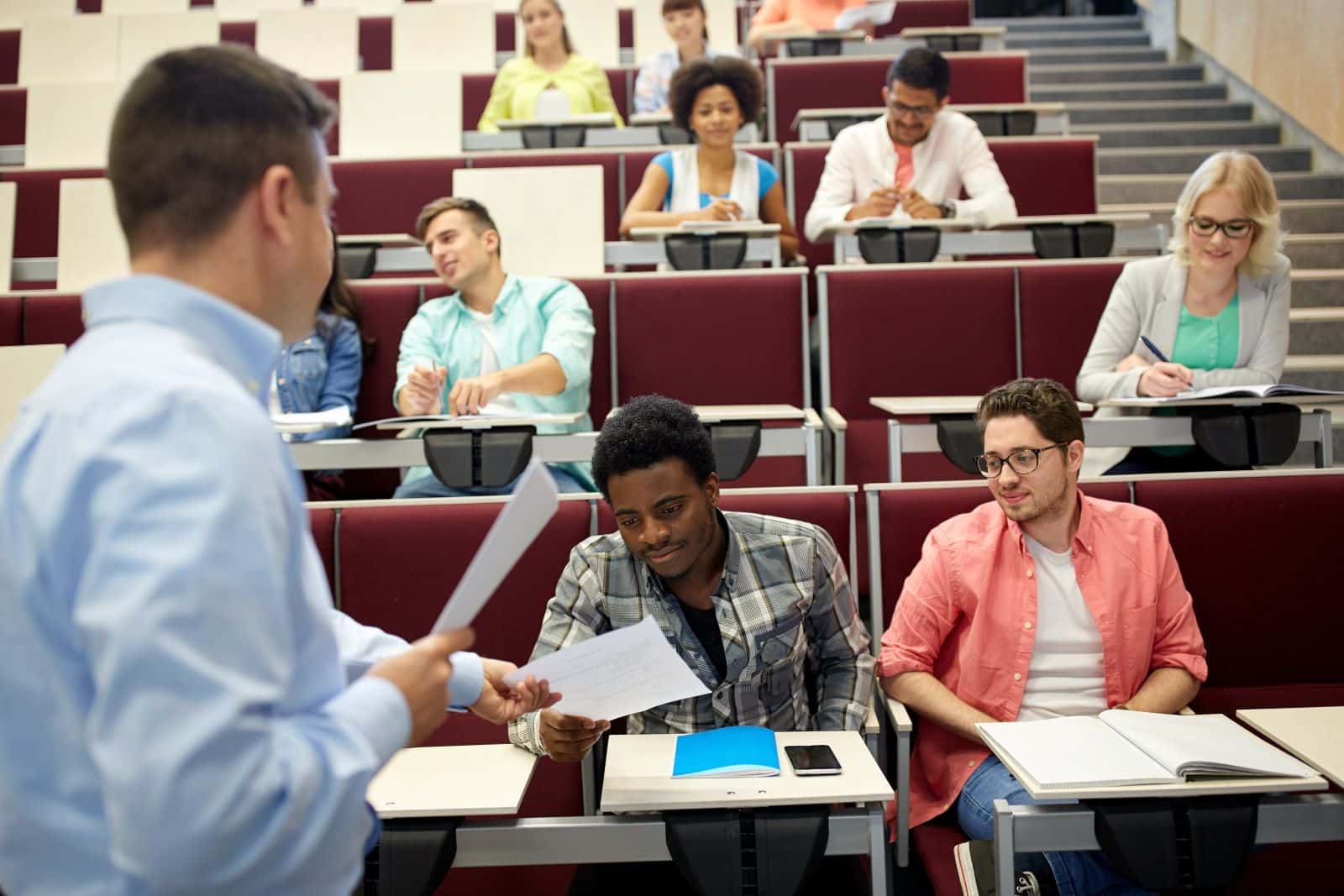
Prevalent stereotypes and implicit biases among educators contribute to lowered expectations for BAME students, impacting their self-esteem, motivation, and academic performance.
5. Limited Access to Advanced Courses
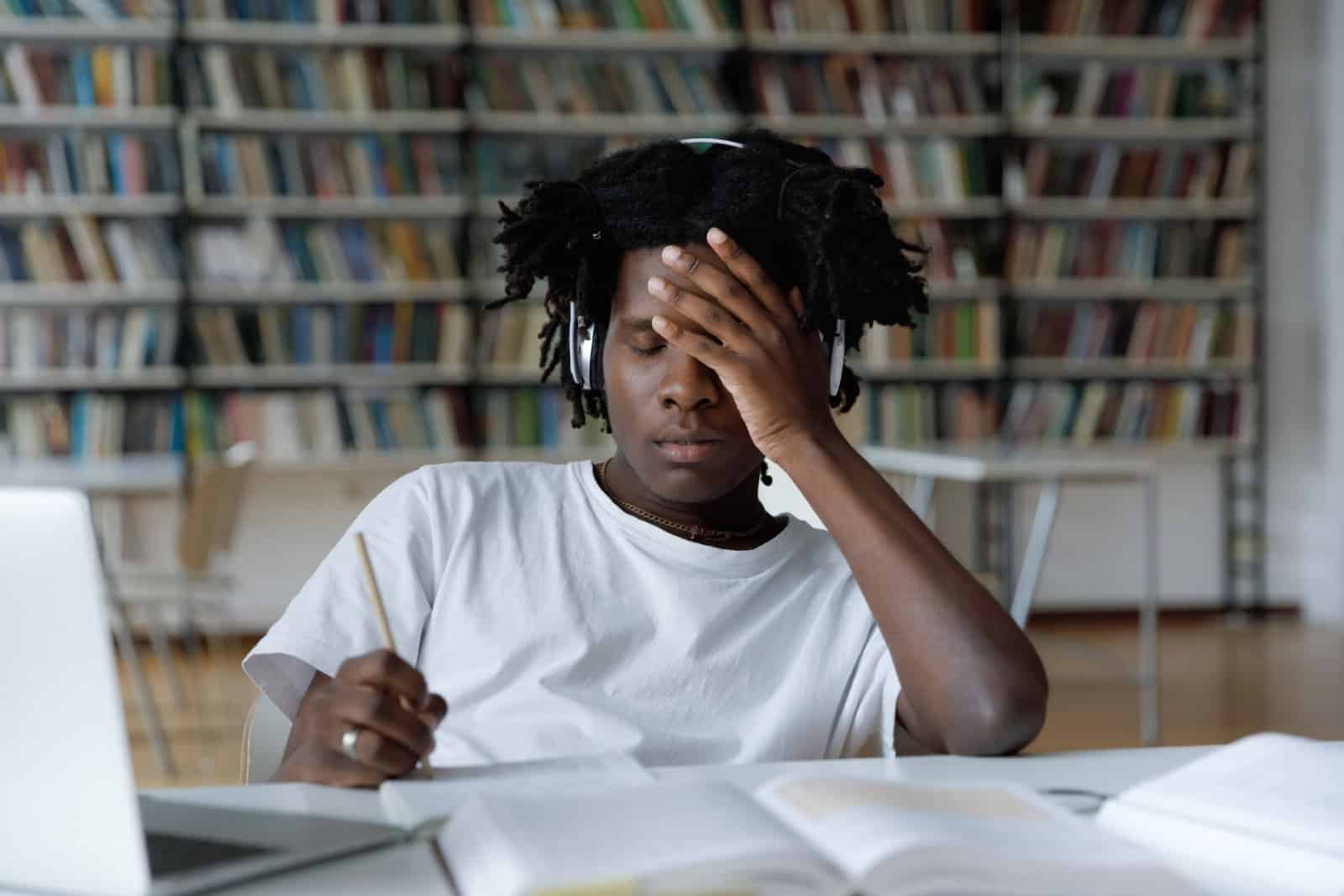
BAME students are often underrepresented in advanced placement (AP) and gifted programs due to systemic barriers, limiting their opportunities for academic advancement and college preparedness.
6. Cultural Insensitivity

Insufficient cultural competency among educators results in cultural insensitivity and microaggressions, creating hostile learning environments for BAME students and inhibiting their academic engagement.
7. Language Barriers
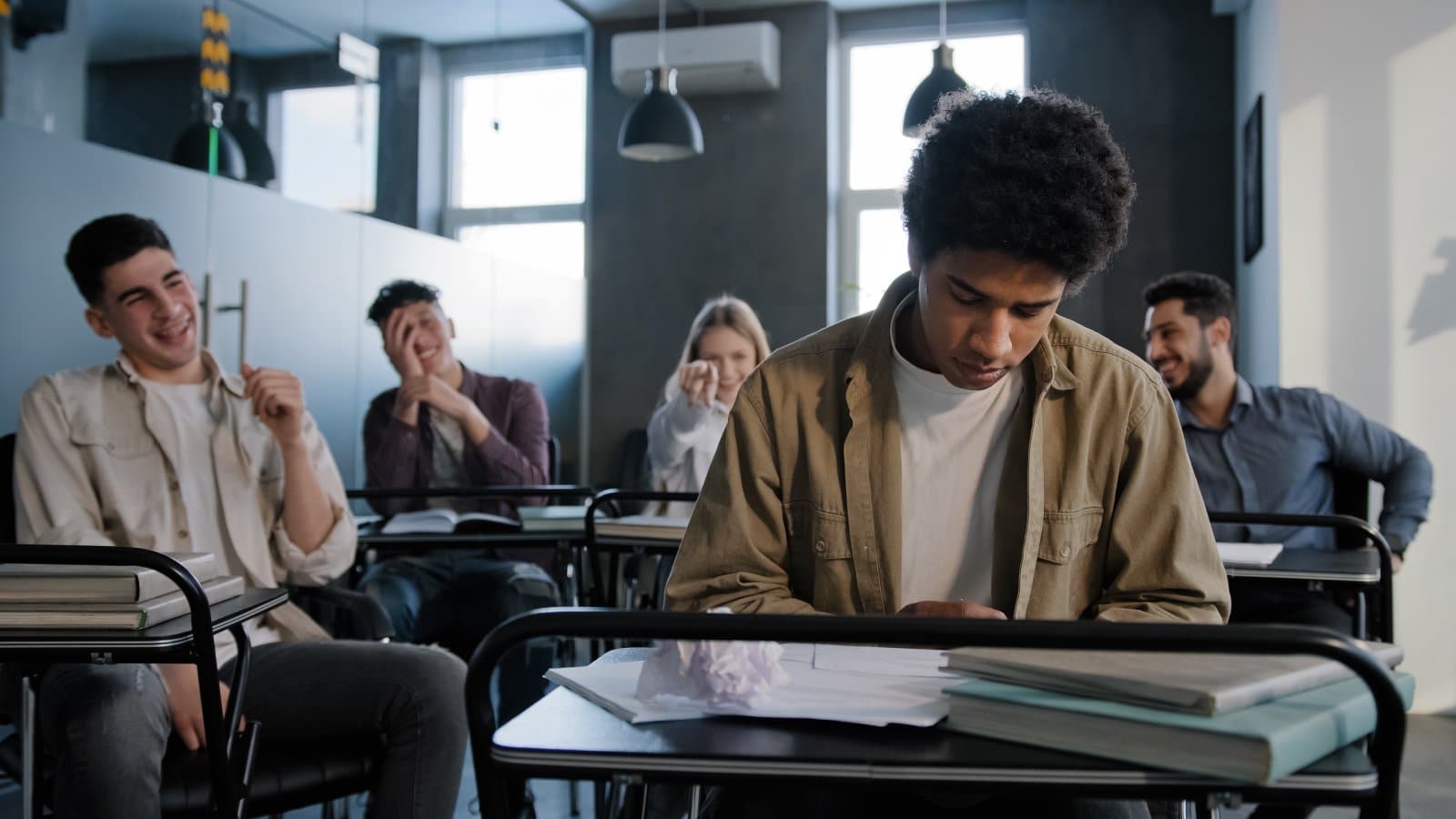
English Language Learners (ELLs) among BAME students face significant linguistic barriers that impede their access to quality education and academic success.
8. Disproportionate Special Education Placement
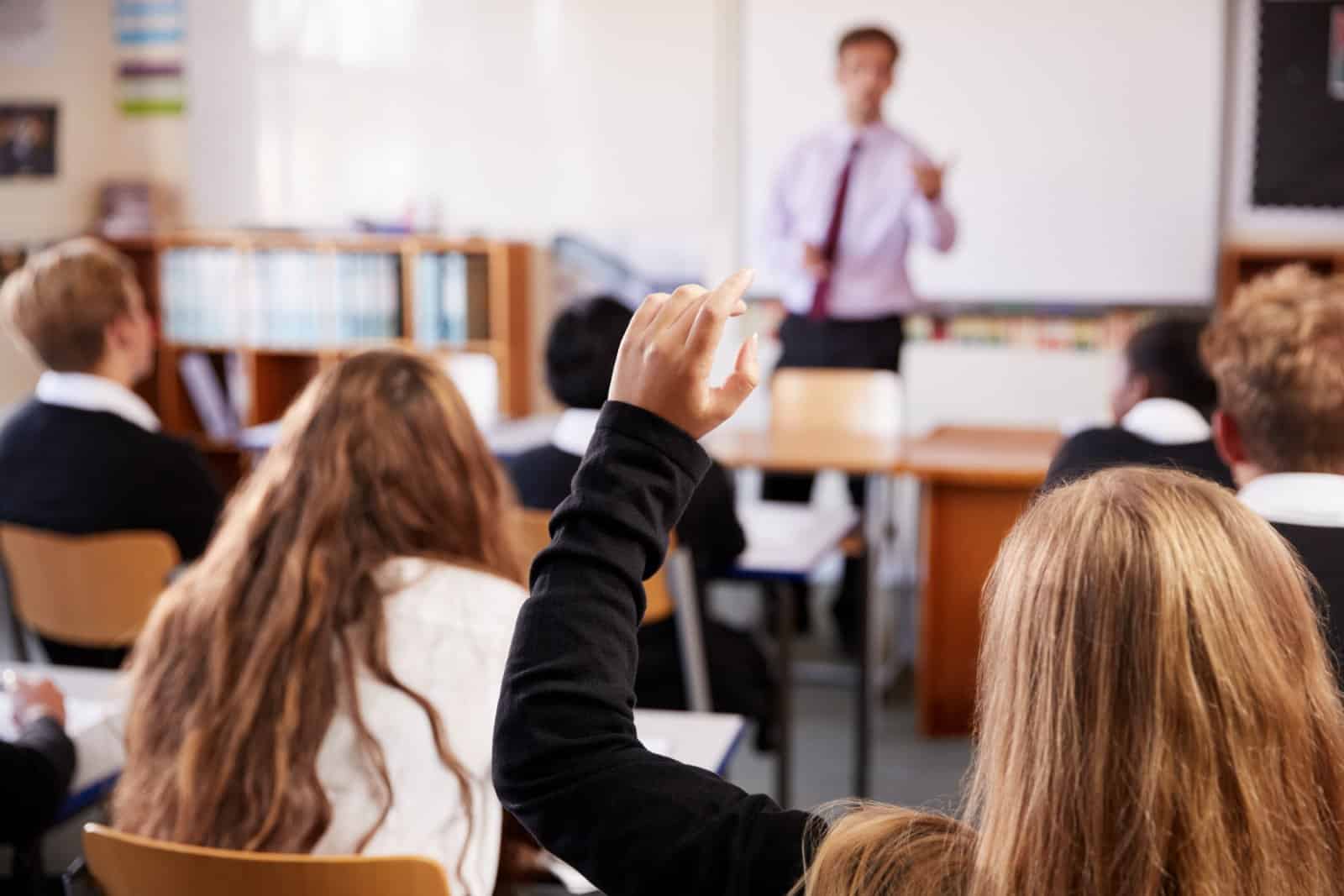
BAME students are overrepresented in special education programs, often due to misdiagnosis or biased assessment practices, leading to limited access to mainstream education and stigmatization.
9. Implicit Bias in Standardized Testing

Standardized tests often contain cultural biases that disadvantage BAME students, resulting in lower scores and diminished opportunities for college admission and scholarships.
10. Unequal Access to College Counseling

BAME students have limited access to comprehensive college counseling services, exacerbating disparities in college enrollment and hindering their post-secondary success.
Transforming American Schools for BAME Students
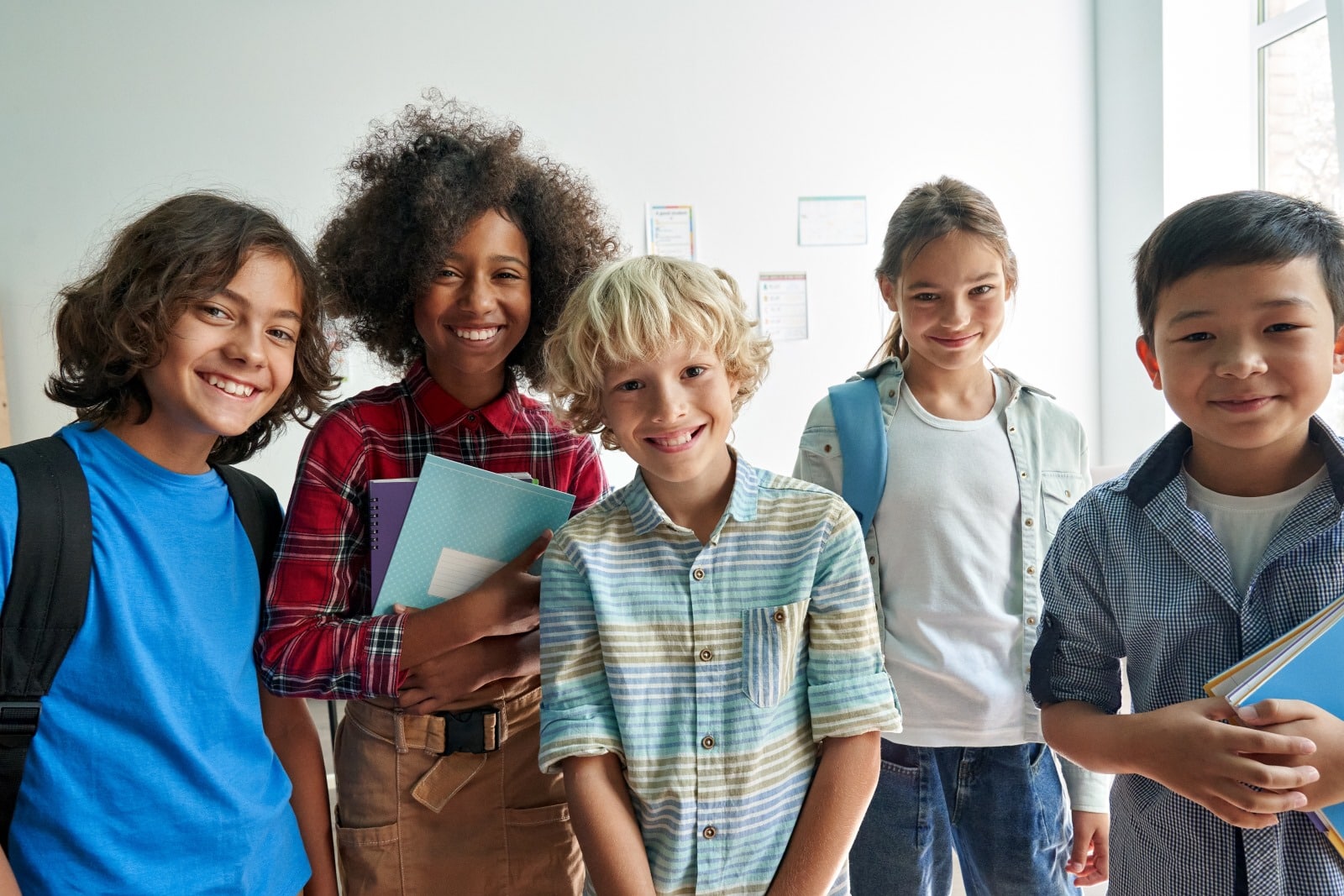
Addressing the complex challenges facing BAME students in American schools requires a multifaceted approach that addresses systemic inequities and promotes inclusivity, cultural responsiveness, and anti-bias education. By prioritizing educational equity, we can create a more just and equitable educational system where all students, regardless of race or ethnicity, can thrive and reach their full potential.
The post 10 Challenges Affecting BAME Students in American Schools first appeared on Pulse of Pride.
Featured Image Credit: Shutterstock / PeopleImages.com – Yuri A.
For transparency, this content was partly developed with AI assistance and carefully curated by an experienced editor to be informative and ensure accuracy.

